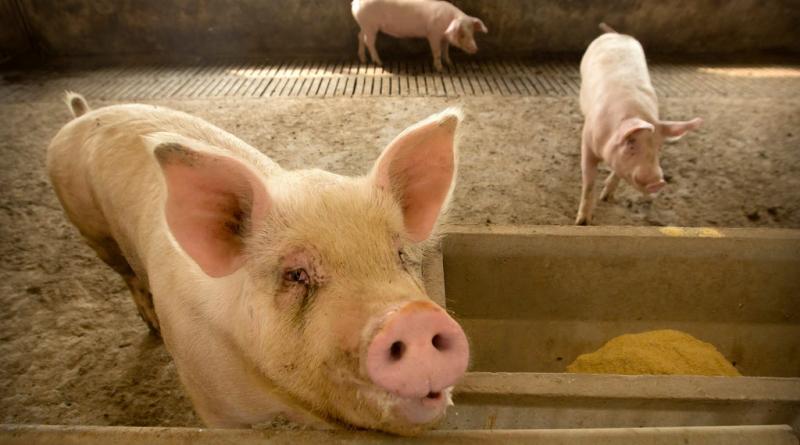Scientists Say New Strain of Swine Flu Virus Is Spreading to Humans in China.

A new study warns that the strain of H1N1, common on China’s pig farms since 2016, should be “urgently” controlled to avoid another pandemic.
HONG KONG — A new strain of the H1N1 swine flu virus is spreading silently in workers on pig farms in China and should be “urgently” controlled to avoid another pandemic, a team of scientists says in a new study.
H1N1 is highly transmissible and spread around the world in 2009, killing about 285,000 people and morphing into seasonal flu.
The newer strain, known as G4 EA H1N1, has been common on China’s pig farms since 2016 and replicates efficiently in human airways, according to the study published on Monday. So far, it has infected some people without causing disease, but health experts fear that could change without warning.
“G4 viruses have all the essential hallmarks of a candidate pandemic virus,” the study said, adding that controlling the spread in pigs and closely monitoring human populations “should be urgently implemented.”
The study, published online in the journal Proceedings of the National Academy of Sciences, is based on the surveillance of pigs in 10 Chinese provinces from 2011 to 2018. In the last three years of the study, researchers collected 338 blood samples from workers on 15 pig farms and 230 from people in nearby households.
The study found that 10.4 percent of the workers and 4.4 percent of the others tested positive for antibodies to G4 EA H1N1, and that workers between the ages of 18 and 35 tested positive at a higher rate: 20.5 percent.
Predicting risk is not a precise science, but close attention to the virus would be advisable, said Ian H. Brown, the head of the virology department at Britain’s Animal and Plant Health Agency and one of two scientists who reviewed the paper before it was published.
“It may be that with further change in the virus it could become more aggressive in people much as SARS-CoV-2 has done,” Dr. Brown said in an email on Tuesday, referring to the new coronavirus.
The study was sent for review in early December, weeks before the coronavirus outbreak in the Chinese city of Wuhan began making global headlines.
Li-Min Huang, director of the Division of Pediatric Infectious Diseases at National Taiwan University Hospital, said that a crucial next step would be finding out whether any of the infected workers at the pig farms had contracted the virus from humans, as well as whether any had spread the virus to their families.
“It’s a very important study, and the virus looks quite dangerous,” Dr. Huang said. “We need to be worried about any disease with the potential to spread human to human.”
Eurasian variations of H1N1 have been circulating in pigs in Europe and Asia for decades, the study said, but the incidence of G4 viruses in farmed Chinese pigs with respiratory symptoms began rising sharply after 2014.
Recent evidence “indicates that G4 EA H1N1 virus is a growing problem in pig farms, and the widespread circulation of G4 viruses in pigs inevitably increases their exposure to humans,” it said.
Asked about the new strain at a U.S. Senate hearing on Tuesday, Dr. Anthony Fauci, the nation’s top infectious disease expert, said that it was not an “immediate threat” but “something we need to keep our eye on just the way we did with in 2009 with the emergence of the swine flu.”
The study was a collaboration among government agencies in China, including the Center for Disease Control and Prevention, as well as the World Health Organization, scientists from several universities in China and the University of Nottingham in Britain. Dr. Brown teaches at the University of Nottingham but was not involved in the research.
The H1N1 virus that caused a pandemic in 2009 had a relatively low fatality rate, estimated at 0.02 percent. By contrast, the fatality rate of the 1918 flu pandemic was about 2.5 percent of its victims. But that virus killed an estimated 50 million, perhaps more, because it infected so many people and spread at a time when medical care was cruder.
Determining the fatality rate of the new coronavirus is a key question for epidemiologists, but one they may not be able to answer until the pandemic has ended.
Cao Li contributed reporting.
30 June 2020
The New York Times




